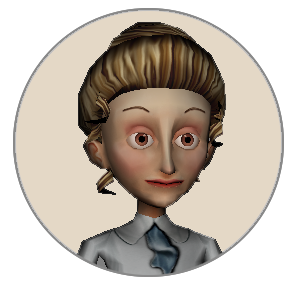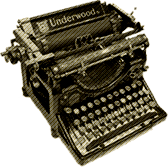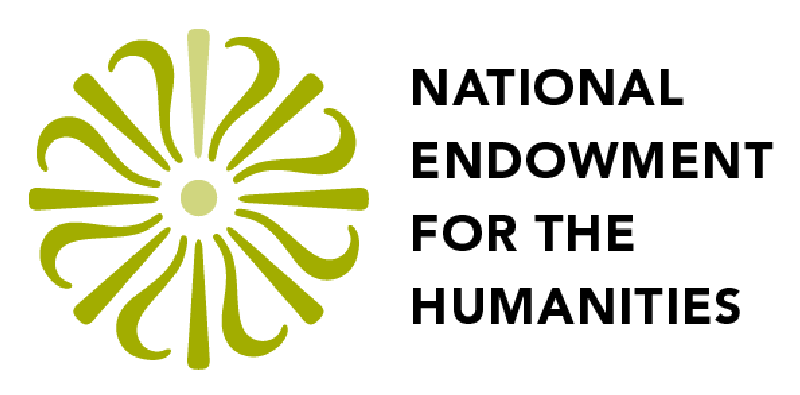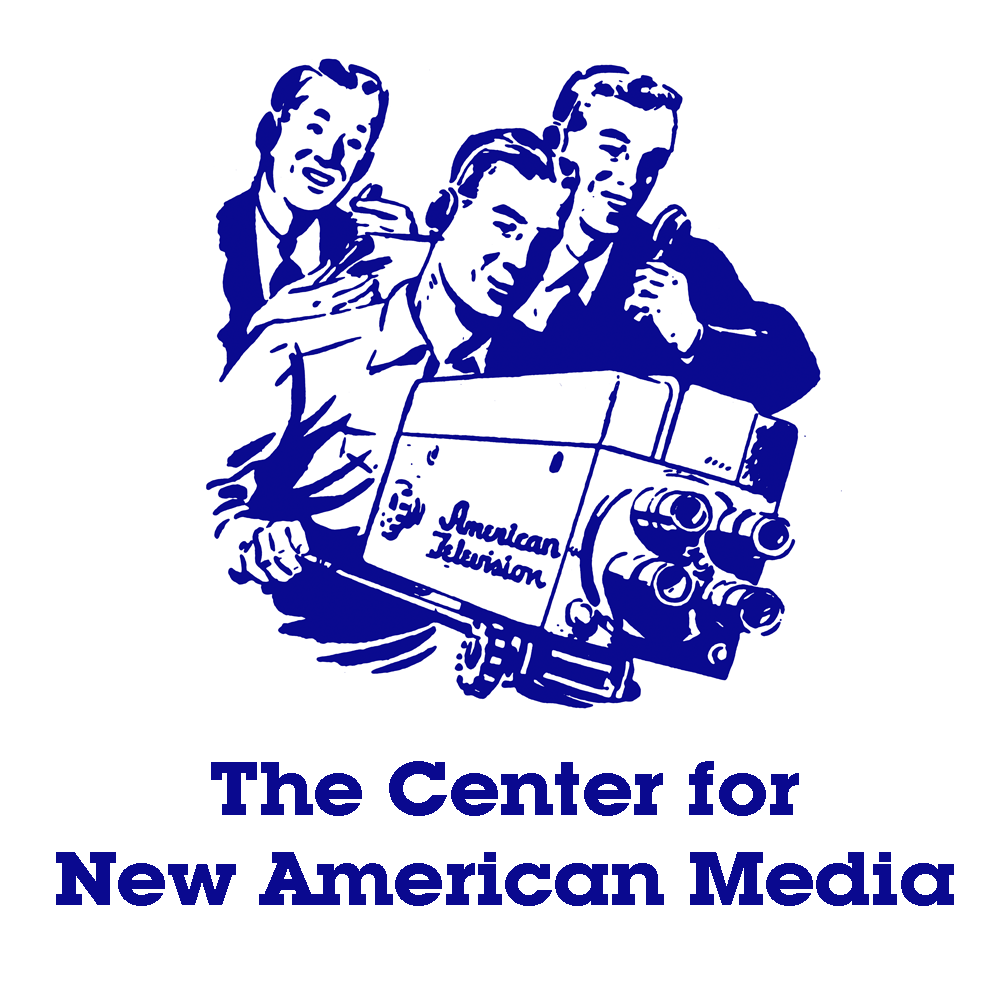Alignment with National Standards
While Past/Present clearly conforms to American History content standards established by the National Center for History in the Schools, it is also consistent with social studies standards established by the National Council for the Social Studies (National Curriculum Standards for Social Studies: A Framework for Teaching, Learning, and Assessment, 2010), and the Common Core State Standards for English Language Arts and Literacy in History/Social Studies, Science, and Technical Subjects. In addition, the game aligns with the Voluntary National Content Standards in Economics established by the Council for Economic Education.
As a result, Past/Present is a rich educational experience that can be used in four curricular contexts. While playing the game, students acquire specific content knowledge, develop skills, and demonstrate these new understandings and abilities in three disciplines: history, social studies, and economics.
American History Standards:
Era 6: The Development of the Industrial United States
(1870-1900)
From the era of Reconstruction to the end of the 19th century, the United States underwent an economic transformation that involved the maturing of the industrial economy, the rapid expansion of big business, the development of large-scale agriculture, and the rise of national labor unions and pronounced industrial conflict.
Students can begin to see a resemblance to possibilities and problems that our society faces today. The late 19th century marked a spectacular outburst of technological innovation, which fueled headlong economic growth and delivered material benefits to many Americans. Yet, the advances in productive and extractive enterprises that technology permitted also had ecological effects that Americans were just beginning to understand and confront. In the last third of the 19th century, the rise of the American corporation and the advent of big business brought about a concentration of the nation's productive capacities in many fewer hands. Mechanization brought farming into the realm of big business and turned the United States into the world's premier producer of food--a position it has never surrendered.
This period also witnessed unprecedented immigration and urbanization, both of which were indispensable to industrial expansion. American society, always polyglot, became even more diverse as immigrants thronged from southern and eastern Europe--and also from Asia, Mexico, and Central America. As newcomers created a new American mosaic, the old Protestant European Americans' sway over the diverse people of this nation began to loosen. Related to this continuing theme of immigration was the search for national unity amid growing cultural diversity. How a rising system of public education promoted the assimilation of newcomers is an important topic for students to study.
Standard 1
How the rise of corporations, heavy industry, and mechanized farming transformed the American people.
Standard 1A
The student understands the connections among industrialization, the advent of the modern corporation, and material well-being. The student is able to:
- Explain how business leaders sought to limit competition and maximize profits in the late 19th century.
- Examine how industrialization made consumer goods more available, increased the standard of living for most Americans, and redistributed wealth.
- Compare the ascent of new industries today with those of a century ago.
Standard 2
Massive immigration after 1870 and how new social patterns, conflicts, and ideas of national unity developed amid growing cultural diversity.
Standard 2A
The student understands the sources and experiences of the new immigrants. The student is able to:
- Trace patterns of immigrant settlement in different regions of the country and how new immigrants helped produce a composite American culture that transcended group boundaries.
- Assess the challenges, opportunities, and contributions of different immigrant groups.
- Evaluate how Catholic and Jewish immigrants responded to religious discrimination.
Standard 2C
The student understands how new cultural movements at different social levels affected American life. The student will be able to:
- Investigate new forms of popular culture and leisure activities at different levels of American society.
Standard 3
How the rise of corporations, heavy industry, and mechanized farming transformed the American people.
Standard 3A
The student understands how the "second industrial revolution" changed the nature and conditions of work. The student will be able to:
- Explain the change from workshop to factory and how it altered the worker's world.
- Analyze how working conditions changed and how the workers responded to new industrial conditions.
- Analyze the causes and consequences of the industrial employment of children.
Standard 3B
The student understands the rise of national labor unions and the role of state and federal governments in labor conflicts. The student will be able to:
- Analyze how "reform unions" and "trade unions" differed in terms of their agendas for reform and for organizing workers by race, skill, gender, and ethnicity.
- Explain the ways in which management in different regions and industries responded to labor organizing workers.
- Analyze the causes and effects of escalating labor conflict.
Standards for Social Studies (Middle Grades)
Theme 1: Culture
Questions:
- How does culture unify a group of people?
- How do elements of unity and diversity develop both within and across cultures?
- How do different cultural perspectives lead groups to interpret the same event differently?
Knowledge:
- How culture influences the ways in which human groups solve the problems of daily living.
- That culture may change in response to changing needs, concerns, social, political and geographic conditions.
- How people from different cultures develop different values and ways of interpreting experience.
Theme 2: Time, Continuity, and Change
Questions:
- What happened in the past, and how do we know?
- How do we evaluate the usefulness and degree of reliability of a variety of forms of historical evidence?
- How do we use key events, documents, dates, and people from the past in constructing historical accounts?
- What connections are there between the past and present?
- What events and turning points are important in history and why?
Knowledge:
- Concepts such as: chronology, causality, change, conflict, complexity, multiple perspectives, primary and secondary sources, and cause and effect.
- That learning about the past requires the interpretation of sources, and that using varies sources provides the potential for a more balanced interpretive record of the past.
- That historical interpretations of the same event may differ on the basis of such factors as conflicting evidence from varied sources, national or cultural perspectives, and the point of view of the researcher.
Theme 3: People, Places, and Environments
Questions:
- What "push/pull" factors influence the migration of peoples?
Theme 5: Individuals, Groups, and Institutions
Questions:
- What are the causes and effects of tensions that occur when the goals, beliefs, norms, and principles of two or more groups or institutions are in conflict?
Knowledge:
- That when two or more groups with differing norms and beliefs interact, accommodation or conflict may result
Theme 7: Production, Distribution, and Consumption
Questions:
- What questions are important to ask about production, distribution, and consumption?
- How does the economic problem of scarcity affect the use of resources by people and governments?
- How are decisions made about which goods are produced and how they are distributed?
- How does the availability of resources influence decisions about production, distribution, and consumption?
- What is the role of technology in economic decision-making?
Knowledge:
- Individuals, governments, and society experience scarcity because human wants and needs exceed what can be produced from available resources.
- How choices involve trading off the expected value of one opportunity gained against the expected value of the best alternative.
- The economic choices that people make have both present and future consequences.
- Economic incentives affect people's behavior and may be regulated by rules or laws.
- How goods and services are allocated in a market economy through the influence of prices on decisions about production and consumption.
Theme 8: Science, Technology, and Society
Questions:
- What are current and historic examples of science and technology that have impacted individuals, society, and the world?
- How do changes in science and technology affect individuals, groups, institutions, nations, and the environment?
- What can be learned from the past about how new technologies resulted in both planned and unanticipated changes?
- What ethical issues are presented by science and technology, and how are they addressed?
Knowledge:
- Society often turns to science and technology to solve problems.
- Science and technology have had both positive and negative impacts upon individuals, societies, and the environment in the past and present.
- Science and technology sometimes create ethical issues that test our standards and values.
Standards in Economics
Standard 1: Scarcity
Productive resources are limited. Therefore, people cannot have all the goods and services they want; as a result, they must choose some things and give up others.
Standard 2: Decision Making
Effective decision-making requires comparing the additional costs of alternatives with the additional benefits. Many choices involve doing a little more or a little less of something: few choices are "all or nothing" decisions.
Standard 4: Incentives
People usually respond predictably to positive and negative incentives.
Standard 6: Specialization
When individuals, regions, and nations specialize in what they can produce at the lowest cost and then trade with others, both production and consumption increase.
Standard 7: Markets and Prices
A market exists when buyers and sellers interact. This interaction determines market prices and thereby allocates scarce goods and services.
Standard 8: Role of Prices
Prices send signals and provide incentives to buyers and sellers. When supply or demand changes, market prices adjust, affecting incentives.
Standard 9: Competition and Market Structure
Competition among sellers lowers costs and prices, and encourages producers to produce what consumers are willing and able to buy. Competition among buyers increases prices and allocates goods and services to those people who are willing and able to pay the most for them.
Standard 14: Entrepreneurship
Entrepreneurs take on the calculated risk of starting new businesses, either by embarking on new ventures similar to existing ones or by introducing new innovations. Entrepreneurial innovation is an important source of economic growth.
Standard 15: Economic Growth
Investment in factories, machinery, new technology, and in the health, education, and training of people stimulates economic growth and can raise future standards of living.
Skills: Historical Thinking Standards
History Thinking Standard 1: Chronological Thinking
The student thinks chronologically:
Therefore, the student is able to:
- Distinguish between past, present, and future time.
- Identify the temporal structure of a historical narrative or story: its beginning, middle, and end (the latter defined as the outcome of a particular beginning).
- Interpret data presented in time lines and create time lines by designating appropriate equidistant intervals of time and recording events according to the temporal order in which they occurred.
- Reconstruct patterns of historical succession and duration in which historical developments have unfolded, and apply them to explain historical continuity and change.
History Thinking Standard 2: Historical Comprehension
The student comprehends a variety of historical sources:
Therefore, the student is able to:
- Identify the author or source of the historical document or narrative.
- Differentiate between historical facts and historical interpretations but acknowledge that the two are related; that the facts the historian reports are selected and reflect therefore the historian's judgment of what is most significant about the past.
- Read historical narratives imaginatively, taking into account what the narrative reveals of the humanity of the individuals and groups involved--their probable values, outlook, motives, hopes, fears, strengths, and weaknesses.
- Appreciate historical perspectives--the ability (a) describing the past on its own terms, through the eyes and experiences of those who were there, as revealed through their literature, diaries, letters, debates, arts, artifacts, and the like; (b) considering the historical context in which the event unfolded--the values, outlook, options, and contingencies of that time and place; and (c) avoiding "present-mindedness," judging the past solely in terms of present-day norms and values.
- Utilize visual and mathematical data presented in graphs, including charts, tables, pie and bar graphs, flow charts, Venn diagrams, and other graphic organizers to clarify, illustrate, or elaborate upon information presented in the historical narrative.
- Draw upon the visual, literary, and musical sources including: (a) photographs, paintings, cartoons, and architectural drawings; (b) novels, poetry, and plays; and, (c) folk, popular and classical music, to clarify, illustrate, or elaborate upon information presented in the historical narrative.
History Thinking Standard 3: Historical Analysis and Interpretation
The student engages in historical analysis and interpretation:
Therefore, the student is able to:
- Compare and contrast differing sets of ideas, values, personalities, behaviors, and institutions by identifying likenesses and differences.
- Consider multiple perspectives of various peoples in the past by demonstrating their differing motives, beliefs, interests, hopes, and fears.
- Analyze cause-and-effect relationships bearing in mind multiple causation including (a) the importance of the individual in history; (b) the influence of ideas, human interests, and beliefs; and (c) the role of chance, the accidental and the irrational.
- Distinguish between unsupported expressions of opinion and informed hypotheses grounded in historical evidence.
- Hold interpretations of history as tentative, subject to changes as new information is uncovered, new voices heard, and new interpretations broached.
History Thinking Standard 5: Historical Issues-Analysis and Decision-Making
The student engages in historical issues-analysis and decision-making:
Therefore, the student is able to:
- Identify issues and problems in the past and analyze the interests, values, perspectives, and points of view of those involved in the situation.
- Marshal evidence of antecedent circumstances and current factors contributing to contemporary problems and alternative courses of action.
- Identify relevant historical antecedents and differentiate from those that are inappropriate and irrelevant to contemporary issues.
- Evaluate alternative courses of action, keeping in mind the information available at the time, in terms of ethical considerations, the interests of those affected by the decision, and the long- and short-term consequences of each.
- Formulate a position or course of action on an issue by identifying the nature of the problem, analyzing the underlying factors contributing to the problem, and choosing a plausible solution from a choice of carefully evaluated options.
- Evaluate the implementation of a decision by analyzing the interests it served; estimating the position, power, and priority of each player involved; assessing the ethical dimensions of the decision; and evaluating its costs and benefits from a variety of perspectives.
Essential Social Studies Skills
Literacy Skills including:
- Define and apply discipline-based conceptual vocabulary.
- Differentiate fact from opinion.
- Determine an author's purpose.
- Determine and analyze similarities and differences.
- Analyze cause and effect relationships.
- Differentiate between and among various options.
- Develop an ability to use and apply abstract principles.
- Locate, analyze, critique, and use appropriate resources and data.
- Evaluate sources for validity and credibility and to detect bias, propaganda, and censorship.
- Investigate, interpret, and analyze multiple historical and contemporary sources and viewpoints.
Critical Thinking Skills Including:
- Evaluate sources of information - print, visual, electronic, or audio.
- Interpret the social and political messages of cartoons.
- Interpret history through artifacts.
- State relationships between categories of information.
- Draw inferences from factual material.
- Predict likely outcomes based on factual information.
- Recognize and interpret different points of view.
- Recognize instances in which more than one interpretation is valid.
- Detect bias in data presented in various forms.
- Compare and contrast the credibility of differing ideas, elements, or accounts.
- Determine whether or not sources are valid and credible.
- Estimate the adequacy of the information.
Learning Strategies Including:
- Define the issue and identify key opposing positions.
- Find and present information supporting each position.
- Determine conflicting values and beliefs.
- Defend and justify a position.
- Summarize an opposing position.
- State ways to persuade others to adopt your position.

 Download the Full Classroom
Download the Full Classroom


